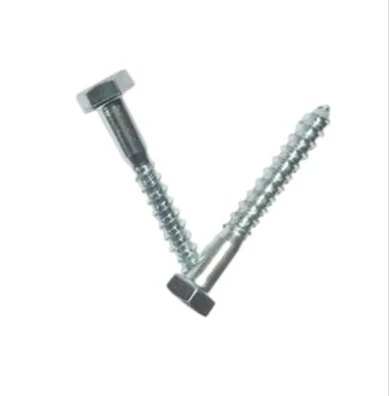Dec . 28, 2024 15:49 Back to list
Hex Nut Size Guide for Metric Fasteners and Applications
Understanding Hex Nut Size Chart Metric A Comprehensive Guide
When it comes to fasteners, hex nuts play a crucial role in holding together various components securely. They are commonly used in construction, manufacturing, and automotive industries, taking center stage in applications where strength and durability are paramount. To ensure the correct fit and performance, understanding the hex nut size chart, especially the metric system, is essential for professionals and DIY enthusiasts alike.
What is a Hex Nut?
A hex nut is a six-sided fastener with a hole in the center, designed to be used with a bolt or a screw. The hexagonal shape allows for easy engagement with a wrench, providing better torque and grip. Hex nuts come in various sizes and grades, which are determined by their dimensions and the material from which they are made.
Importance of Size Charts
Hex nut size charts are invaluable tools for anyone working with fasteners. These charts provide standardized measurements, ensuring compatibility between different components. Using the correct size prevents issues such as stripped threads, misalignment, or, worse, the failure of the mechanism due to insufficient fastening.
Understanding the Metric Measurement System
The metric system, used widely across the globe, employs millimeters (mm) as the primary unit of measurement for hex nuts. This standardization simplifies the buying and application of nuts and bolts, particularly for international projects where various standards might apply.
Hex nuts are characterized by their nominal diameter, thread pitch, and thickness. The most frequently used sizes are categorized by their nominal diameter, which ranges from M1 to M100 or larger.
1. Nominal Diameter (M) The letter 'M' refers to the metric size of the nut, which dictates the corresponding bolt size. For instance, an M6 nut corresponds to an M6 bolt with a diameter of 6mm. 2. Thread Pitch This denotes the distance between the threads, typically measured in millimeters. For instance, an M8 nut might have a standard pitch of 1.25mm. However, fine pitch options are also available for more specialized applications. 3. Thickness of Hex Nuts This varies across different sizes and grades, influencing the strength and load-bearing capacity of the nut.
hex nut size chart metric

Common Hex Nut Sizes and Specifications
Here are some standard metric hex nut sizes and their specifications
- M3 Diameter 3mm, Thread Pitch 0.5mm, Thickness 2mm - M4 Diameter 4mm, Thread Pitch 0.7mm, Thickness 2.5mm - M5 Diameter 5mm, Thread Pitch 0.8mm, Thickness 3mm - M6 Diameter 6mm, Thread Pitch 1.0mm, Thickness 4mm - M8 Diameter 8mm, Thread Pitch 1.25mm, Thickness 6mm - M10 Diameter 10mm, Thread Pitch 1.5mm, Thickness 8mm - M12 Diameter 12mm, Thread Pitch 1.75mm, Thickness 10mm
These sizes represent only a fraction of the extensive range available. In practice, the choice of size will depend on the specific requirements of the application and the load it needs to support.
Selecting the Right Hex Nut
Choosing the appropriate hex nut involves understanding the material of the nut and the environment it will be used in. Common materials include steel, stainless steel, and nylon, each offering different strength levels and resistance to corrosion and wear.
It’s also critical to consider the nut's grade, which affects its strength. For example, Grade 8 nuts, commonly made of medium-carbon steel, are stronger than regular Grade 2 nuts.
Conclusion
Understanding the hex nut size chart in the metric system is a fundamental aspect of any fastening task. By ensuring you select the correct size and grade of nut for your application, you can achieve optimal performance, safety, and durability in your projects. Whether you are a professional in a specialized field or a hobbyist tackling DIY projects, familiarity with these sizes will enhance your efficiency and effectiveness in assembly work. Ultimately, the precise selection of hex nuts can lead to successful outcomes in various applications, making it a vital skill in the toolkit of any craftsman.


